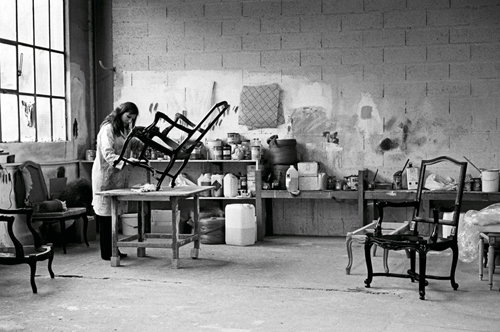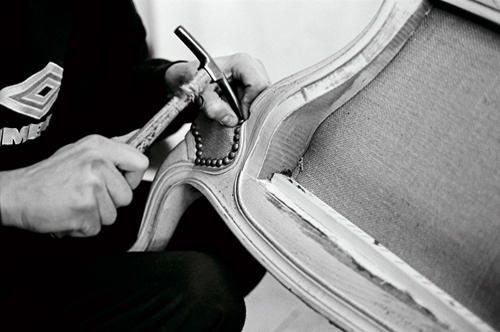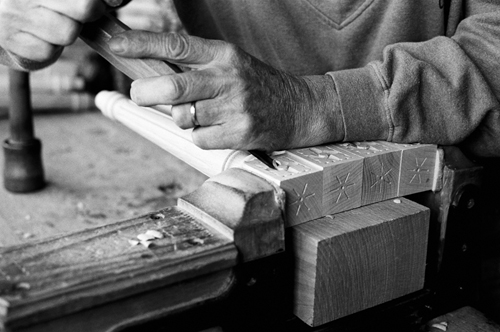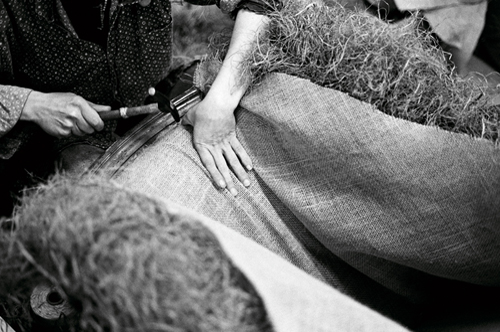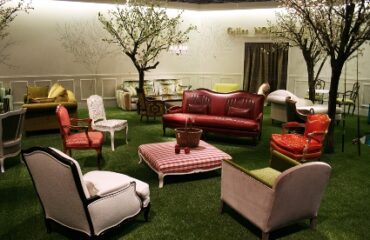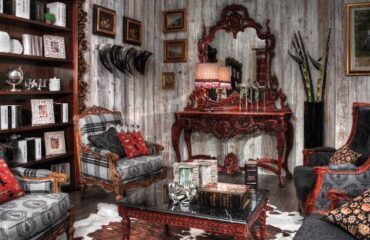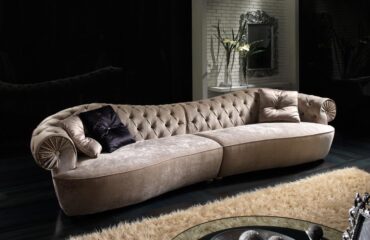Caring for Antique Reproduction Furniture
Nowadays there is a growing trade in antique reproduction furniture, allowing most people the opportunity to purchase at least one or two items that look as though they are genuine antiques. In fact many reproduction pieces become covetable products in their own right and the lines between reproduction and antique can become blurred as many genuine antique items are themselves reproductions of earlier pieces.
Care of reproduction antique furniture depends very much upon the wood and finish used during construction, but any type of wood furniture benefits from a constant temperature. Central heating is the modern-day evil for wood, as the dry warmth and fluctuations in heat cause wood to warp and crack. Where there is a great deal of valuable wooden furniture in a room, it can be sensible to invest in a small humidifier to combat the drying effects of artificial heating. In any event, take care not to position wooden items near fires, radiators or other sources of heat.
Sunlight can be another source of heat when shining through a window, in addition to causing fading over time. Even painted and varnished wood can be affected by the sun, so try to keep your wooden furniture out of direct sunlight. Be aware of hot items on wood, such as mugs, plates and serving dishes and always use table mats and coasters to protect wooden surfaces.
Untreated wood benefits from an annual application of a good-quality beeswax which should be applied very sparingly with a soft lint-free cloth, allowed to dry for a couple of hours and then buffed to a shine with a soft duster. Beeswax nourishes the wood and helps to prevent cracking and warping, but overuse of wax causes a layer to build up which attracts dust and dirt so it is best applied in small quantities.
Silicon products, as used in most commercial furniture polish sprays should never be used on untreated wood as they can cause a drying effect. These sprays can however, be used on varnished or stained pieces. Take care not too overuse these sprays as they leave a layer on the surface which is susceptible to finger marks.
For painted surfaces, the best way to remove surface dust and dirt is with a damp cloth, taking care not to use anything abrasive which could damage the surface. Varnished and painted pieces need no special cleaning as they prevent the wood from absorbing any nourishment from waxes or polishes.
Where gold leaf is used very great care needs to be taken. The most sensitive way to clean gold leaf is to use a small paintbrush to remove dust. Never use a damp cloth, or anything even mildly abrasive as it is very delicate.
Handles, hinges and metal accessories on furniture can be cleaned with the appropriate metal cleaning product if necessary, but be aware that many pieces of reproduction furniture have lacquered metal, which needs no cleaning other than a damp cloth. It can be a simple but effective way to achieve a cohesive look for your room by choosing accessories that tie in with the look of your wooden furniture.

